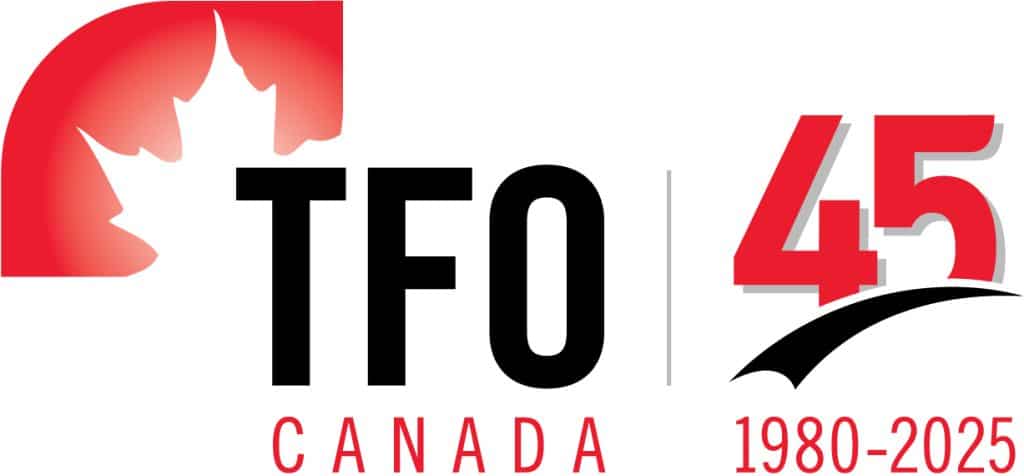The following article is excerpted from the 17 March 2006 edition of Canadian Transportation Logistics as quoted by I.E. Canada in their March 20, 2006 e-newsletter.
Although the share of natural resources in Canada’s exports is increasing and the United States remains our dominant export market, the story is different for imports, which now come less and less from the United States and are more diversified by commodity group, according to a new study released this week in the Canadian Economic Observer.
The study also shows that the marked drop in the US share of imports is unprecedented in the history of Canada-US trade.
The United States and Japan are not as dominant in imports as in the early 1990s, and China has made inroads into many of Canada’s consumer and investment goods. But some of the growth in China is illusory, reflecting its role in assembling parts manufactured in other Asian countries.
Consequently, Canada’s overall deficit with Asia did not deteriorate as it did during the 1990s. Much of the recent growth of imports from China can be explained by a large content from other countries in Asia.
About 40% of Canada’s imports in 2005 came from countries other than the United States and Japan, an increase of more than 10 percentage points from the 1990s. Apart from China, Korea, Europe, Mexico and the Organization of the Petroleum Exporting Countries (OPEC) profited from the lower share of imports from the United States and Japan to Canada in recent years.
The US share of imports to Canada dropped primarily because of machinery and equipment, our largest import group. The United States accounted for about 54% of these imports in 2005, down from about 68% in 1990, displaced by China and Mexico. Canada’s imports of electrical and electronic products alone from the United States shrank by $10 billion between 2000 and 2005.
Canada’s deficit for electronic goods has levelled-off since 2000. That is because Canada imported less directly from Japan and other countries that supply the inputs for China’s computer industry, such as Hong Kong, Taiwan and Singapore. Canada now imports much cheaper computer products that have been assembled in China, often from parts made throughout Asia.
On the exports side, Canada is increasingly reliant on resources
In contrast to resources, exports of finished products fell sharply after 2000. This drop was led by auto products, which hampered overall Canada’s exports to the United States since it is the destination for 96% of our auto exports. The decline affected only North American manufacturers, as foreign automakers with operations in Canada have increased their exports appreciably.
Auto exports to Mexico also have grown, particularly in 2005
Trade between Canada and Mexico has been generally lacklustre despite the North American Free Trade Agreement, displaced by growing trade with China over the last 15 years.
